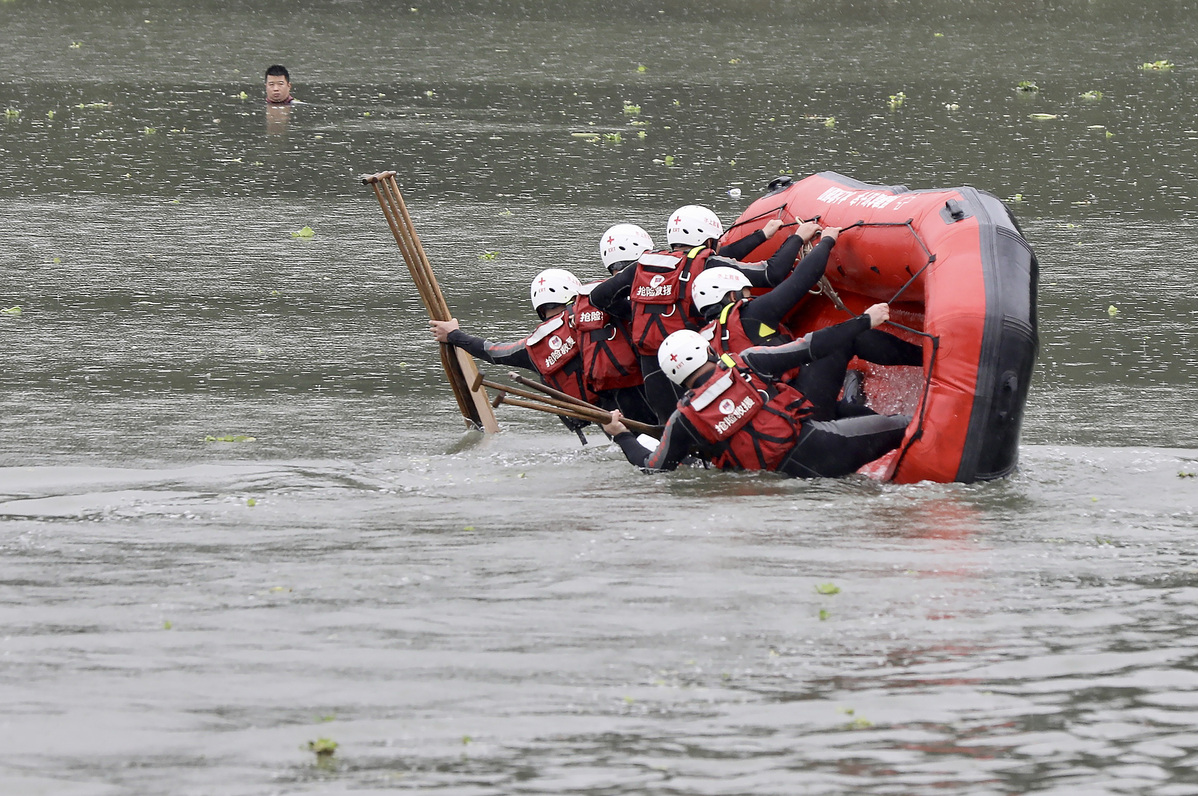Census used to improve disaster mitigation
By Jiang Chenglong in Fuzhou | China Daily | Updated: 2023-03-31 09:21

Local governments across China have improved how they assess the impact of natural disasters on their regions and their ability to bear them, based on the results of a national census, officials said.
They made the remarks during a forum held on Tuesday in Fuzhou, Fujian province, where emergency response officials from both the central and local governments shared their experiences and discussed how regions could benefit from the results of the census, which focused on the risks brought by natural disasters.
According to Zheng Guoguang, secretary-general of the National Disaster Reduction Commission, the census was conducted over the past three years and was the first of its kind in the country aimed at helping prevent disasters.
"Nearly 5 million census workers across the country have made concerted efforts to overcome the impact of the COVID-19 epidemic, collecting nearly 1 billion pieces of data on disaster risk factors," he said.
"The purpose of the census is the application of results, from which regions can benefit," he stressed, adding that it would help improve society's comprehensive capacity to withstand natural disasters.
Qiu Yi, director of Fujian's emergency management department, said the province completed plans for a census information application system in 2021 and allocated 11.8 million yuan ($1.7 million) to develop a provincial information application system on natural disaster risks, both of which are based on the census data.
The storm-prone province also set up a quick-evaluation model on typhoons, heavy rains and floods and reviewed the impact of Typhoon Lupit, which walloped Fuzhou city in 2021, in order to further improve the city's disaster warning, prevention and response systems.
Fuzhou was one of the cities with the least disaster damage in the province last year, he said.
Elsewhere, Beijing has attempted to assess the impact of disasters on the city and its bearing capacity based on the census results.
By utilizing the census' highly integrated data collected nationwide, Beijing has launched two rounds of "comprehensive risk assessments and inspections on the risk prevention and control capacity of key facilities and regions", said Xu Yi, head of disaster reduction at the capital's emergency management bureau.
Those key facilities and regions included the city's power grid, Olympic Park, Winter Olympic Games areas and the Beijing Universal Resort, he said.
Xu said the risk assessments on those key facilities covered the ability to operate safely, to withstand natural disasters and resist external stresses, to respond to emergencies and to prevent and control risks.
"We just simulated an extreme weather event, and we anticipated what the city would be like and how our government could reduce the negative impact of such an event as much as possible," he said, pointing to a simulation of an extraordinary rainstorm in downtown Beijing.
The bureau also attempted to evaluate potential personnel and property losses, building damage and secondary disasters by simulating a magnitude 7 earthquake in the capital, which has a population of more than 20 million, according to Xu.
























